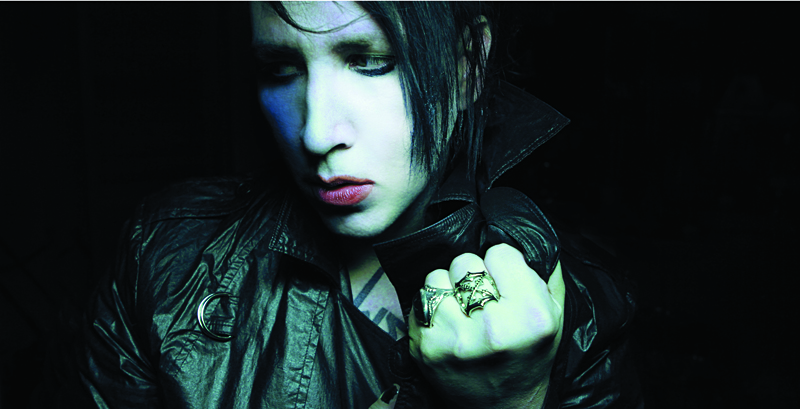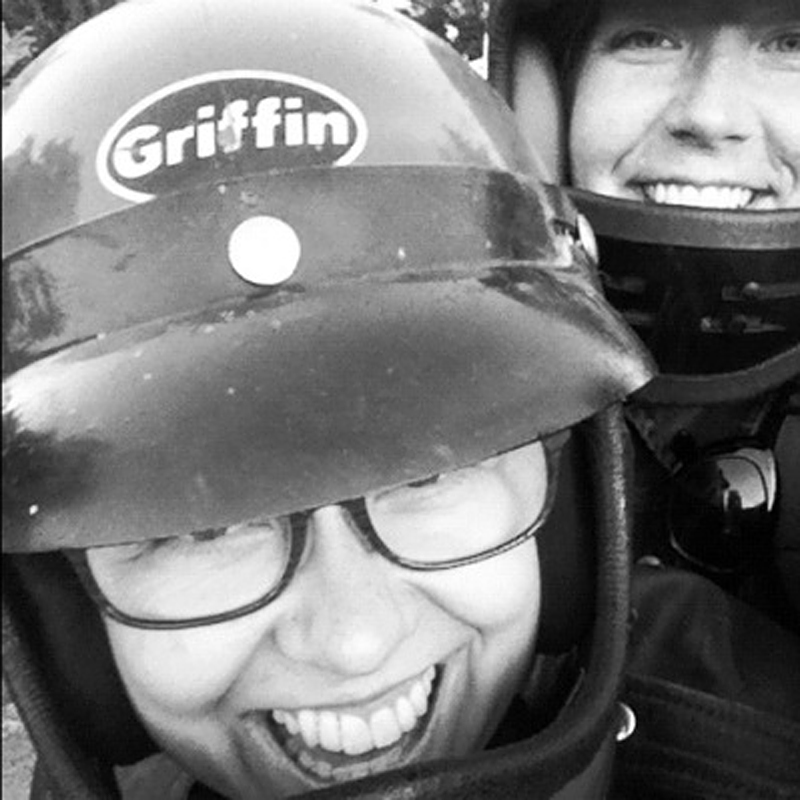It’s hard to become a Northwest institution without acquiring the clichés to go with it. For Seattleites, the name Folklife conjures roasted corn, Bob Marley tapestries, tons of tie-dye, world music, and the ever-present thumping of communal drum circles. This is why those attending the festival with such expectations may be surprised when they stumble into the Sky Church on Saturday, May 26. For the fourth year in a row, Folklife will employ EMP’s über-venue to showcase the electronic musical medium known as chiptune in “The Next 50: Chiptune and VJ Showcase.”
“Chiptune music, also sometimes referred to as 8bit, is music that is composed using retro gaming consoles and things like Game Boys or Nintendo entertainment systems,” explains Gabe Hayward of CrunchyCo, a not-for-profit organization devoted to the development of the chiptune movement in Seattle and this year’s showcase curator. “It can also be made using computer software. Essentially, it sounds like a video game. But mostly it’s original compositions made by artists who, instead of using a guitar, use technology as instrumentation. Chiptune music itself is not necessary a genre. It is more a method of creation. There can be jazz chiptune music.”
What may seem a modern musical novelty actually has more in common with the rest of Folklife’s programming than may be recognized at first. Chiptune, much like early traditional folk, relies on unconventional instrumentation. A century ago, a washboard was a household technology that someone had the foresight to employ musically. The same can be said of chiptune and its subsets bitpop, bleep techno, Game Boy music, and Nintendocore. The explosion of personal technology in the late ’70s and early ’80s gave birth to a plethora of systems that were outdated by the ’90s. Affordable and easy to find in thrift stores, garage sales, and online, these relics became a perfect musical medium for kids who grew up on both hip-hop and Atari.
If folk music is, as the International Folk Council declared in 1954, “the fashioning and re-fashioning of music by the community that gives it its folk character,” chiptune certainly fits the bill. Not only do chiptune artists employ a technology from their childhood to rework the ideas of traditional music, they use it to convey the sentiment of their youth, much as folk’s earliest originators utilized the evolutionary process of oral transmission.
Hayward elaborates: “Most people in their 20s and 30s today grew up with video games that used this low-bit audio, and many can recall the music from these old video games very clearly in their heads because it’s stuck with them their whole life. Modern chiptune, being created on the same hardware as retro video games, uses the same sound chips to produce music that gives listeners that similar nostalgic sound they remember from their childhood video games, only in an original new form.”
Over the past few years, the blips and beeps of chiptune have caught on in popular music. Anyone blessed/cursed with eardrums in 2009 can easily recall the 8bit sample that opened Ke$ha’s omnipresent “Tik Tok.” Hayward points to the success of New York City’s Anamanaguchi—whose Scott Pilgrim vs. the World: The Game—Original Videogame Soundtrack debuted at #3 on Billboard’s Heatseekers chart—as one of the acts responsible for bringing chiptune to the masses. He continues, “But as the ‘nerd culture’ has become more mainstream, I definitely have noticed a boom within the last few years of this kind of thing attracting a sizable audience.”
Locally, Hayward has experienced chiptune’s growth firsthand with his own 8bit band, Kids Get Hit by Buses, playing at this year’s showcase. He also gives props to Northwest chiptune artists like Live Animals (also featured on the bill), whom Hayward describes as “two guys who live and breathe the Seattle chiptune underground. They are some of the most raw chip talent you’ll find here.”








